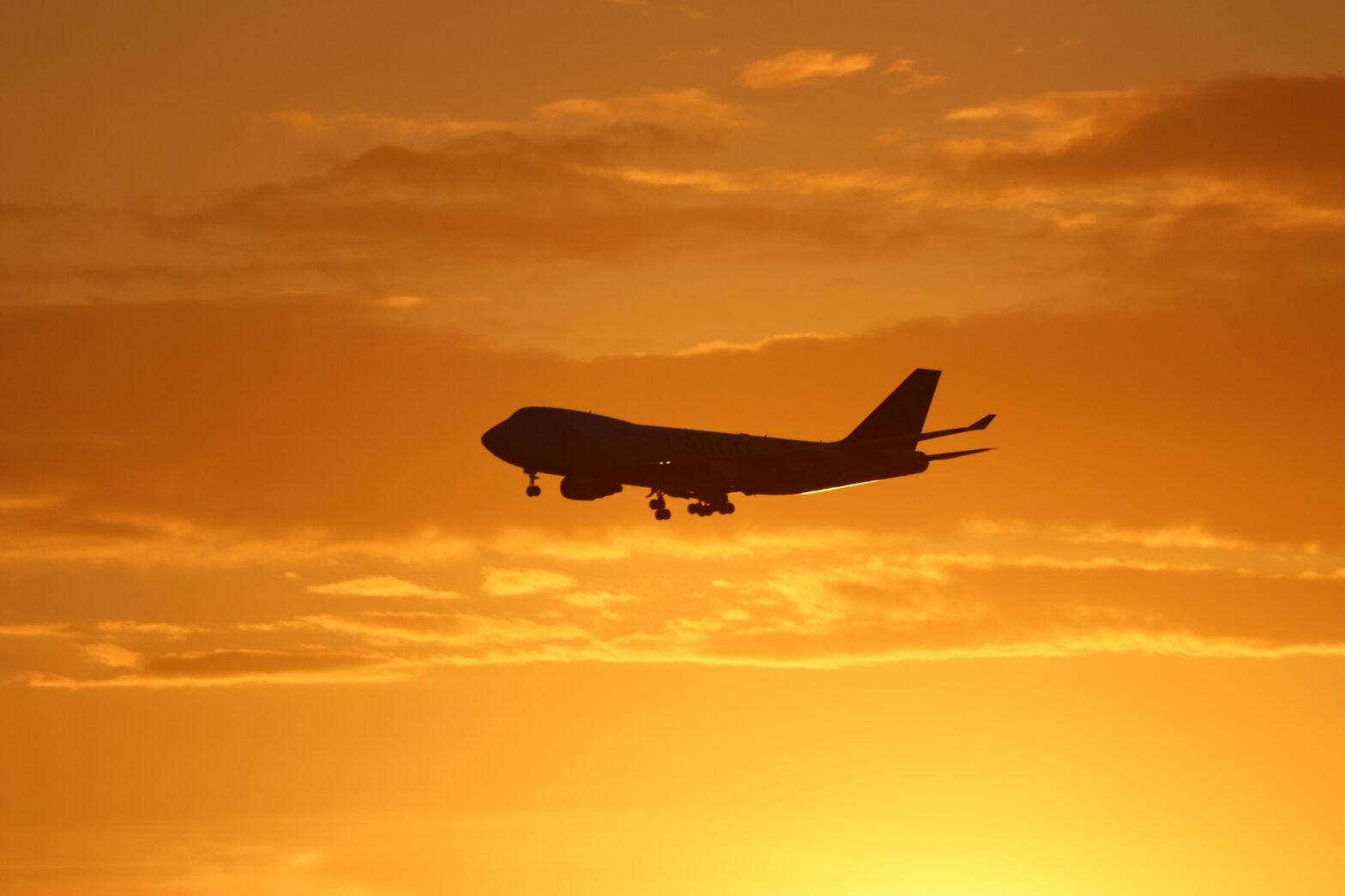In a tale of soaring highs and turbulent lows, Air Jamaica, once the pride of the Caribbean skies, witnessed a dramatic evolution in its ownership and operations before its eventual cessation in 2015. Established in 1968, the national airline of Jamaica took its first flight in 1969. It connected Kingston, Montego Bay, New York, and Miami. At its inception, the Jamaican government held a significant stake, with Air Canada also having a minority share.
Air Jamaica, which was initially government-owned, experienced rapid growth throughout the 1970s. The carrier expanded its routes to include Toronto, Montreal, San Juan, Philadelphia, and various Caribbean cities. The airline’s ambitious move into long-distance flights to Europe in 1974 and transatlantic flights to London Heathrow Airport in the 1980s solidified its position on the international stage.

Privatization and Expansion
After achieving operational success, the government decided to privatize Air Jamaica in 1989. This decision led to the sale of a majority stake to the Air Jamaica Acquisition Group (AJAG) in May 1994. The privatization aimed to infuse new capital into the airline, with employees also acquiring a 5% stake. Discussions about potential collaborations with other Caribbean companies, including British Airways, were underway.
Throughout the 1990s, Air Jamaica continued to expand its network. The company acquired routes to Phoenix, Frankfurt, London, Manchester, Santo Domingo, and Ft. Lauderdale. In another change of events, Hotelier Gordon “Butch” Stewart took charge in 1994. He introduced several enhancements such as Airbus planes, feeder services, a frequent flyer program, and the in-flight magazine, SkyWritings. The airline achieved notable milestones, including direct flights between Kingston and London Heathrow Airport using an Airbus A310 in 1996 and Montego Bay to Los Angeles with Airbus A320 planes in 1999.
Financial Challenges and The Final Days of Air Jamaica
Despite these achievements, financial challenges led to the Jamaican government reassuming full ownership in December 2004. Air Jamaica had encountered losses in 40 of its 42 years of operation, accumulating a substantial debt of approximately $1.54 billion by March 2010.
In 2009, the government explored options for Air Jamaica’s future, culminating in an agreement with Spirit Airlines for the latter to acquire the national airline. Simultaneously, discussions with the government of Trinidad and Tobago resulted in Caribbean Airlines emerging as a pivotal player. On May 1, 2010, Caribbean Airlines finalized the acquisition, becoming the largest carrier in the Caribbean. The Jamaican government retained a 16% ownership stake in Caribbean Airlines.
The end of Air Jamaica’s operations is a poignant moment, closing a chapter on the airline’s storied history and signaling a new phase for Caribbean Airlines as the predominant carrier in the region.
